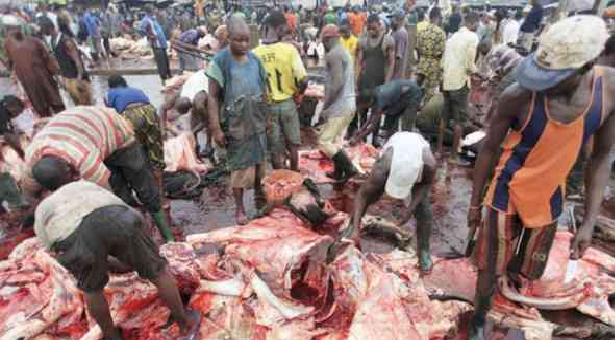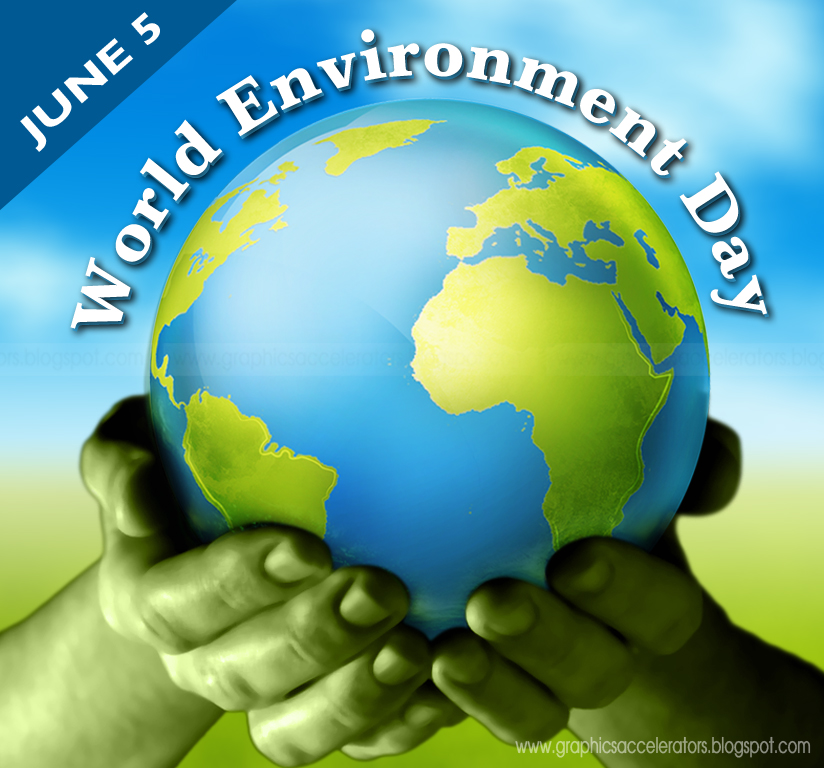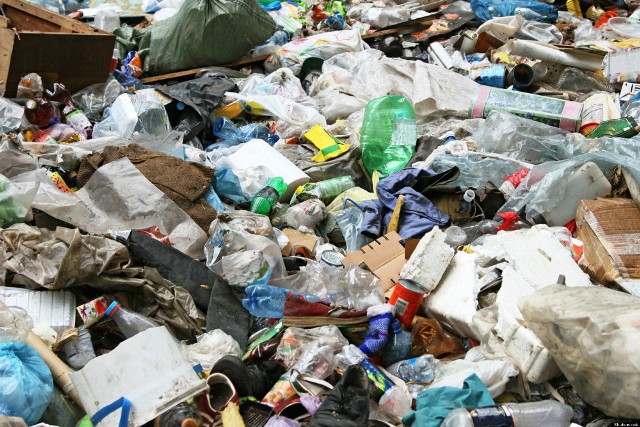ENVIRONMENTAL AUDITING - DEFINITION, SIGNIFICANCE, OBJECTIVE, SCOPE AND BENEFITS.

Environmental safety and health auditing developed in the early 1970s, largely among companies operating in environmentally intensive sectors such as oils and chemicals. Since then environmental auditing has spread rapidly with a corresponding development of the approaches and techniques adopted. Several factors have influenced this growth.
Industrial accidents. Major incidents such as the Bhopal, Chernobyl and Exxon-Valdez disasters have reminded companies that it is not sufficient to set corporate policies and standards on Environmental health and Safety matters without ensuring that they are being implemented. Audits can help reduce the risk of unpleasant surprises.
Regulatory developments. Since the early 1970s regulations on environmental topics have increased substantially and still counting. This has made it steadily more difficult for a company to ascertain whether a specific plant in a particular country is complying with all of the relevant legislation.
Public awareness. The public has become increasingly aware of, and vocal about, Environmental Health and Safety issues. Companies have had to demonstrate to the public that they are managing Environmental risks effectively.
Litigation/Prosecution. The growth of legislation has led to a corresponding explosion of litigation and liability claims, particularly in the United Kingdom and the United States. In other parts of Europe and elsewhere, there is growing emphasis on the responsibilities of individual directors and on making information available to the public.
WHAT IS A ENVIRONMENTAL AUDIT?
It is important to draw the distinction between auditing and techniques such as environmental impact assessment (EIA). The latter assesses the potential environmental effects of a proposed facility. The essential purpose of an environmental audit is the systematic scrutiny of environmental performance throughout a company’s existing operations. At best, an audit is a comprehensive examination of management systems and facilities; at worst, it is a superficial review.
The term environmental audit means different things to different people. Terms such as assessment, survey and review are used to describe the same type of activity. Furthermore, some organizations consider that an “environmental audit” addresses only environmental matters, whereas others use the term to mean an audit of health, safety and environmental matters. Although there is no universal definition, auditing, as practised by many leading companies, follows the same basic philosophy and approach summarized by the broad definition adopted by the International Chambers of Commerce (ICC) in its publication Environmental Auditing (1989). The ICC defines environmental auditing as:
a management tool comprising a systematic, documented periodic and objective evaluation of how well environmental organization, management and equipment are performing, with the aim of helping safeguard the environment by:
(i) facilitating management control of environmental practices and
(ii) assessing compliance with company policies which would include meeting regulatory requirements.
The European Commission in its proposed regulation on environmental auditing also adopts the ICC definition of environmental audit.
OBJECTIVES OF ENVIRONMENTAL AUDITING
The overall objective of environmental auditing is to help safeguard the environment and minimize risks to human health. Clearly, auditing alone will not achieve this goal (hence the use of the word help); it is a management tool. The key objectives of an environmental audit therefore are to:
a.) Determine how well the environmental management systems and equipment are performing
b.) Verify compliance with extant relevant national, local or other laws and regulations
c.) Minimize human exposure to risks from Environmental health and Safety problems.
SCOPE OF THE AUDIT
As the prime objective of audits is to test the adequacy of existing management systems, they fulfil a fundamentally different role from the monitoring of environmental performance. Audits can address one topic, or a whole range of issues. The greater the scope of the audit, the greater will be the size of the audit team, the time spent onsite and the depth of investigation. Where international audits need to be carried out by a central team, there can be good reasons for covering more than one area while onsite to minimize costs.
In addition, the scope of an audit can vary from simple compliance testing to a more rigorous examination, depending on the perceived needs of the management. The technique is applied not only to operational environmental, health and safety management, but increasingly also to product safety and product quality management, and to areas such as loss prevention. If the intention of auditing is to help ensure that these broad areas are managed properly, then all of these individual topics must be reviewed. Items which may be addressed in audits, including environment, health, safety and product safety are shown in table 1.
Table 1. Scope of environmental audit

Although some companies have a regular (often annual) audit cycle, audits are primarily determined by need and priority. Thus not all facilities or aspects of a company will be assessed at the same frequency or to the same extent.
THE TYPICAL AUDIT PROCESS
An audit is usually conducted by a team of people who will assemble factual information prior to and during a site visit, analyse the facts and compare them with the criteria for the audit, draw conclusions and report their findings. These steps are usually conducted within some kind of formal structure (an audit protocol), such that the process can be repeated reliably at other facilities and quality can be maintained. To ensure that an audit is effective, a number of key steps must be included. These are summarized and explained in table 2.
Table 2. Basic steps in environmental auditing

BASIC STEPS IN ENVIRONMENTAL AUDITING
FIRST IS TO ASCERTAIN REASON(S) FOR THE ENVIRONMENTAL AUDITING?
An essential step in establishing an audit programme is to decide the criteria against which the audit will be conducted and to ensure that management throughout the organization knows what these criteria are. Typically criteria used for audits are:
A. Company policies and procedures on environmental matters
B. Applicable (extant) legislation and regulations
C. Good environmental management practice.
1. PRE-AUDIT STEPS
Pre-audit steps include the administrative issues associated with planning the audit, selecting the personnel for the audit team (often from different parts of the company or from a specialized unit), preparing the audit protocol used by the organization and obtaining background information about the facility.
If auditing is new, the need for education of those involved in the audit process (the auditors or those being audited) should not be underestimated. This also applies to a multinational company extending an audit programme in its home country to subsidiaries abroad. In these situations, the time spent on explanation and education will pay dividends by ensuring that the audits are approached in a spirit of cooperation and are not seen as a threat by the local management.
When one major US company proposed extending its auditing programme to its operations in Europe, it was particularly concerned to ensure that the plants were properly briefed, that audit protocols were appropriate for European operations and that audit teams understood the relevant regulations. Pilot audits were conducted at selected plants. In addition, the audit process was introduced in a way that stressed the benefits of a cooperative rather than a “policing” approach.
Obtaining background information about a site and its processes can help to minimize the time spent onsite by the audit team and to focus its activities, thus saving resources.
The composition of the audit team will depend on the approach adopted by a particular organization. Where there is a lack of internal expertise, or where resources cannot be devoted to the audit activity, companies frequently use independent consultants to conduct the audits for them. Other companies employ a mix of in-house staff and external consultants on each team to ensure an “independent” view. Some large companies use only in-house staff for audits, and have environmental audit groups for this specific function. Many major companies have their own dedicated audit staff, but also include an independent consultant on many of the audits they carry out.
2. ONSITE STEPS
a.) Understanding the internal controls:
As a first step, it is necessary to develop an understanding of the controls that are in place or are thought to be in place. These will include assessing formal procedures and practices; record keeping and monitoring; inspection and maintenance programmes and physical controls for containing spills. The audit team gathers information on the various controls by observation, interviewing staff and the use of detailed questionnaires.
b.) Assessing strengths and weaknesses of internal CONTROLS: Evaluating the strengths and weaknesses of internal controls provides the rationale for conducting subsequent audit steps. Auditors will look for indicators such as clearly defined responsibilities, competence of personnel, appropriate documentation and records and systems of authorization. It is more important to determine whether the system is effective than whether it is sophisticated.
c.) Gathering audit evidence. The audit team attempts to verify that the steps and controls work as intended. Evidence may be collected through inquiry (e.g., asking a plant operator what he or she would do if there were a major chemical spill), observation (e.g., watching specific activities and operations in progress) and testing (checking records to confirm compliance with regulations).
d.) Recording audit findings. All the information obtained is recorded (usually on the audit protocol document and as working papers), and a comprehensive record of the audit and the state of the facility at the time is thus produced. Where a deficiency is found, it is noted as an audit “finding”.
e.) Evaluating the audit findings. The audit team integrates and evaluates the findings of the individual team members. There may also be common findings. For some observations, an informal discussion with the plant manager may be sufficient; for others, inclusion in the formal report will be appropriate.
f.) Reporting the audit findings. This usually is done at a meeting with the plant management at the end of the team’s visit. Each finding and its significance can be discussed with the plant personnel. Prior to leaving the site, the audit team will often provide a written summary of findings for the plant management, to ensure that there are no surprises in the final report.
3. POST-AUDIT STEPS
Following the onsite work, the next step is to prepare a draft report, which is reviewed by the plant management to confirm its accuracy. It is then distributed to senior management according to the requirements of the company.
The other key step is to develop an action plan to address the deficiencies. Some companies ask for recommendations for corrective action to be included in the formal audit report. The plant will then base its plan on implementing these recommendations. Other companies require the audit report to state the facts and the deficiencies, with no reference to how they should be corrected. It is then the responsibility of the plant management to devise the means of remedying the failings.
Once an audit programme is in place, future audits will include past reports—and progress in the implementation of any recommendations made therein—as part of their evidence.
EXTENDING THE AUDIT PROCESS —OTHER TYPES OF AUDIT
Although the most widespread use of environmental auditing is to assess the environmental performance of a company’s operations, there are variations on the theme. Other types of audit used in particular circumstances include the following:
Pre-acquisition audits. Concern about potential liabilities has promoted the dramatic increase in environmental auditing prior to acquisition. Pre-acquisition audits are a means of identifying actual or potential problems, and taking these into account in the final negotiations of the deal. Time scales are often very short. However, the information obtained on past operations (perhaps before the present owner), current activities, past incidents and so on can be invaluable.
Pre-sale audits. Less common than pre-acquisition audits, but becoming more popular, are audits conducted by the owner prior to selling a plant or a subsidiary company. A growing number of major organizations, such as the Dutch chemical company DSM and the Finnish conglomerate Nestle, undertake pre-sale audits as part of corporate policy.
The rationale is that the company will then know the status of environmental issues before the plant is sold, and can take action to remedy any problems if it feels that is appropriate. Equally important, it can present the results of an independent audit to a potential purchaser as confirmation of the situation. Should any environmental problems arise after the sale, a baseline has been established against which issues of liability can be decided.
Issues audits. Some organizations apply the audit technique to a specific issue that may have implications for the whole company, such as waste. The UK-based oil multinational BP has carried out audits examining the impact of ozone depletion and the implications of public concern about tropical deforestation.
BENEFITS OF ENVIRONMENTAL AUDITING
If environmental auditing is implemented in a constructive way there are many benefits to be derived from the process. The auditing approach described in this article would help to:
i.) Safeguard the environment
ii.) Verify compliance with local and national laws
iii.) Indicate current or potential future problems that need to be addressed
iv.) Assess training programmes and provide data to assist in training
v.) Enable companies to build on good environmental performance, give credit where appropriate and highlight deficiencies
vi.) Identify potential cost savings, such as from waste minimization, Enlightenment/Health Education etc
vii.) Assist the exchange and comparison of information between different plants or subsidiary companies
viii) Demonstrate company commitment to environmental protection to employees, the public and relevant authorities.
















